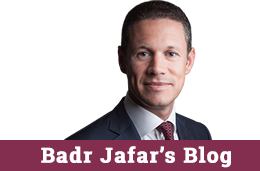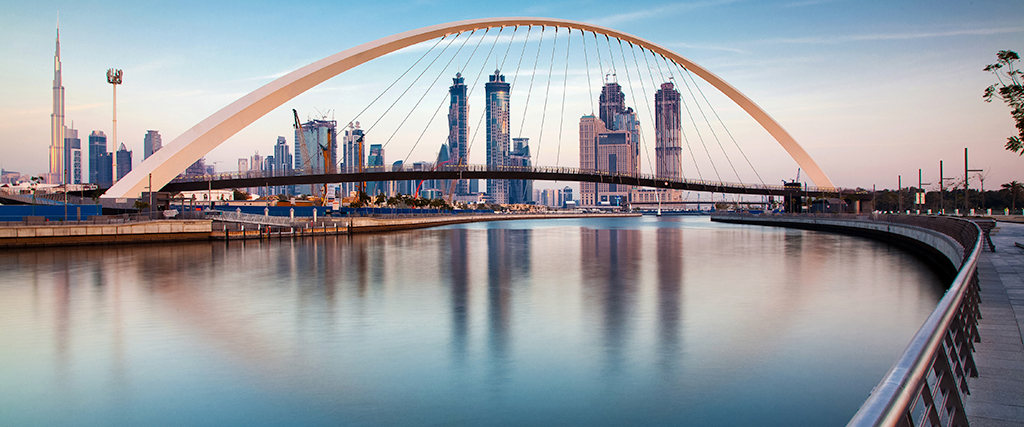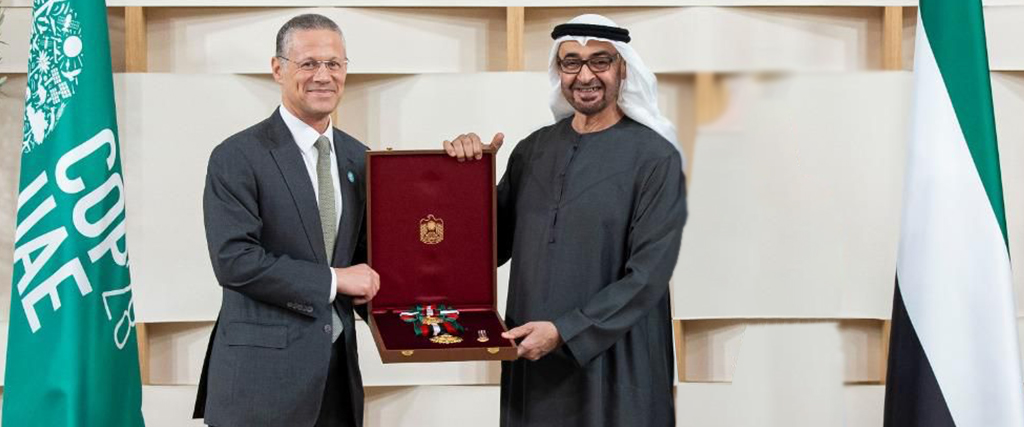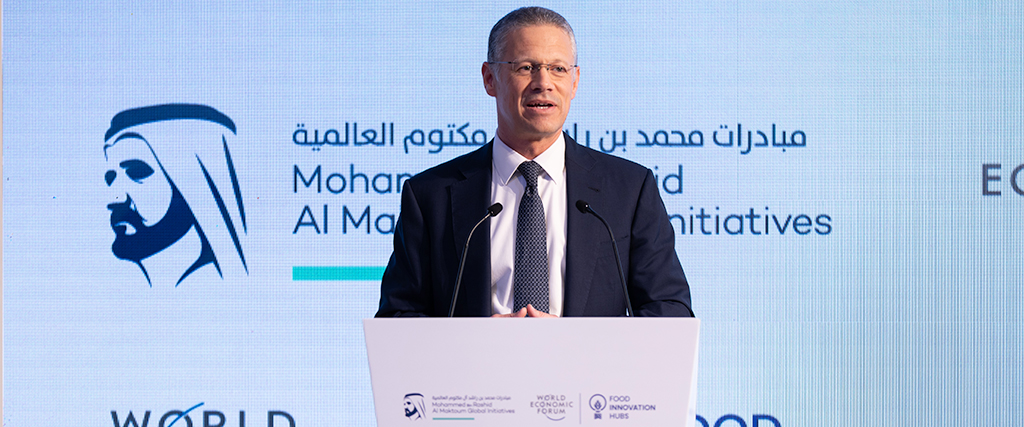2015 – A Year for Greater Public-Private Cooperation
As a petroleum-rich region overall, many countries in the Middle East have relied heavily on their vast oil and gas resources to keep pace with their rapidly growing populations. However, with the price of oil losing almost half of its value in the last half of 2014, I envisage that in 2015 and beyond, regional governments will increasingly embrace Private Sector investment to safeguard the wide-array of existing and planned infrastructure projects.
Many countries across the Middle East have embarked on huge infrastructure spending programmes over the past decade or so as they look to diversify their economies away from petroleum, provide employment for their increasingly determined youth, and catch up with decades of underinvestment. The World Bank estimates that up to $500bn will be spent by Gulf countries alone on infrastructure between now and 2020; with trillions of dollars in reserves, governments have been increasingly been self-funding these vast projects. Equity capital in schemes such as the $22.5bn Riyadh Metro and a $30bn nuclear power facility in Abu Dhabi, for example, are being fully or majority paid for by the state.
While several countries have issued statements vowing to continue with their infrastructure spending, the steep decline in oil prices witnessed recently has only served to highlight the fragility of capital-intensive projects. The GCC’s average breakeven oil price for 2015 is set at $94 a barrel, up from $89 in 2014, according to recent estimates by Deutsche Bank. The World Bank has already signaled that regional governments could face a $175bn hole in fiscal surpluses from falling oil prices, while Saudi Arabia could suffer a budget deficit as early as 2015 if oil continues to fall and public spending continues at current levels.
These vital infrastructure projects boost much-needed job creation, economic growth and increase standards of living. With this mind, 2015 looks set to become a year that our region’s state entities focus on building and fostering more public private partnerships (PPPs) to reduce the financial load as well as share knowledge and best practice. Moreover, a rapidly growing young population, coupled with the vast spending that is already underway, means the Middle East offers a bright spot for foreign direct investment, whether by private developers, large-scale pension funds, or international sovereign wealth funds.
In order to encourage more collaborative projects of this nature, highlighting existing successes is critical, and there are already several successful PPP models in operation across the region. The Al Manah project in Oman launched in 1994 (incidentally another year of low oil prices) was the first independent power project to be developed in the GCC using the PPP model. Another successful example that stands out includes Abu Dhabi Water and Electricity Authority’s partnership with GDF Suez and Sembcorp Salalah Power & Water Company, which owns and operates an electricity generation and seawater desalination plant in Oman.
Of course, successful cross-border infrastructure investment is a two-way street, and we have an opportunity to help develop mutually beneficial international relationships using these partnership models. In June, Gulftainer, a subsidiary of UAE-based Crescent Enterprises, secured a 35-year concession from Port Canaveral in the United States to operate and further develop its container and multi-purpose cargo terminal. The deal marked the first Middle Eastern investment in a US port and highlighted Gulftainer’s reputation for efficiency and the credibility it derives from over 40 years of successful operations in the UAE. Many other existing examples of cross-border transactions must be shared to encourage further activity of this nature.
A recent report by the Infrastructure and Investment Taskforce of the B20 (the business arm of the G20) which I have the pleasure of serving on, made a recommendation which was then tabled at the recent G20 meeting in Brisbane for the establishment of a Global Infrastructure Hub to promote ongoing PPPs through the sharing of leading practices and approaches, including improving the efficiency of regulatory approvals and standards for transparent procurement processes. If established, this would not only benefit G20 countries, but cities across the world, since for the first time in human history more people live in cities than anywhere else. The World Economic Forum estimates that about three-quarters of all infrastructure investment globally will need to be made in cities over the next 40 years to meet the challenges of this megatrend. These extraordinary demands add up to a need for $60-70 trillion of infrastructure investment by 2030, along with a projected gap of $15-$25 trillion.
As state entities increasingly recognise the PPP model, a growing number of financial institutions and capital markets look set to open up and make it easier to access required capital. To encourage this further, the Private Sector will need to promote diversity in the range of infrastructure investment instruments, encourage the development of local infrastructure investment markets, and facilitate stronger cross-border investments.
Such activity will go a long way towards securing the investments and sustainable partnerships required for the successful development of our region and its youth.
As featured on Arabian Business on 3rd January, 2015.

 Tweets by @BadrJafar
Tweets by @BadrJafar




